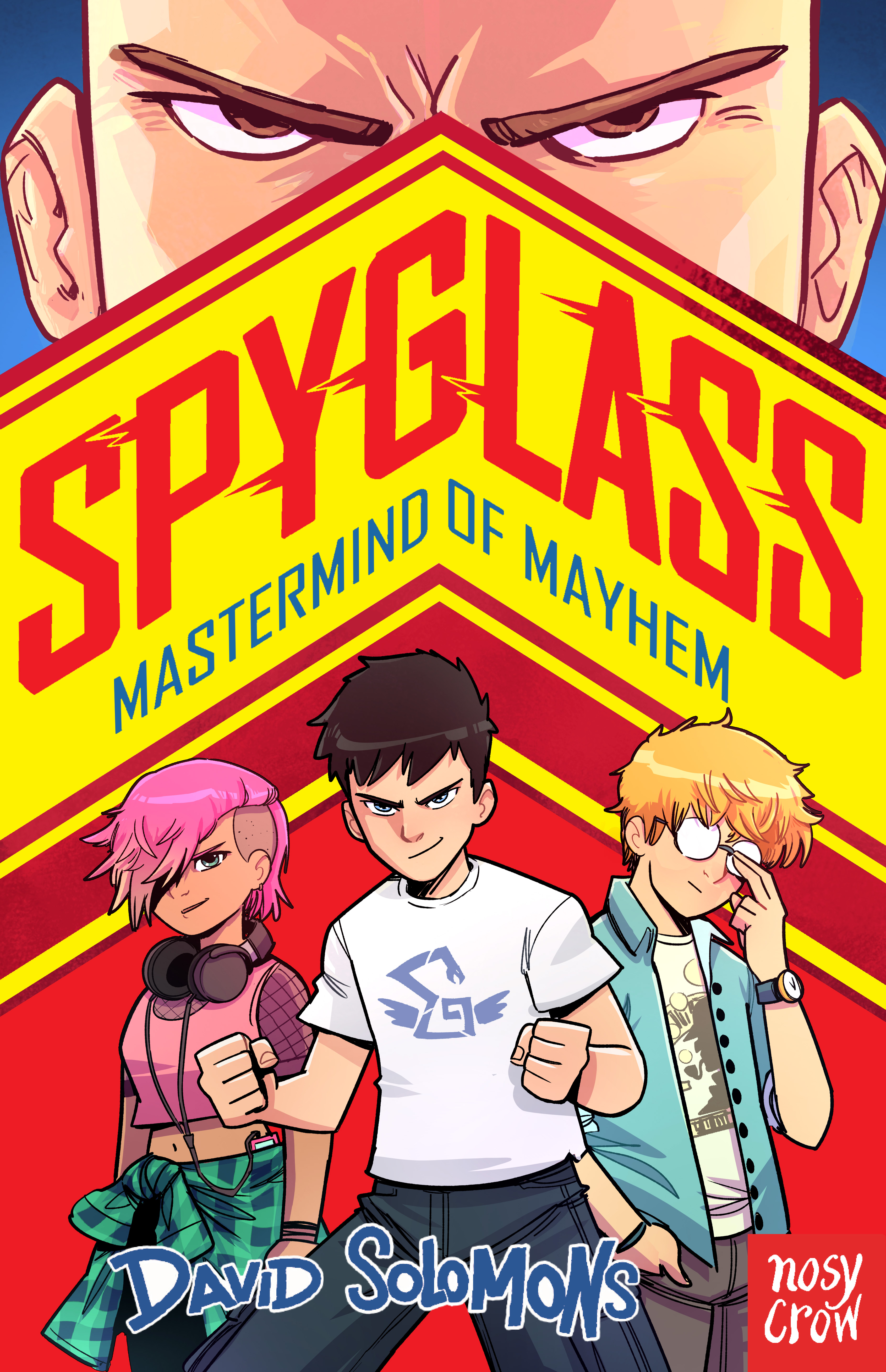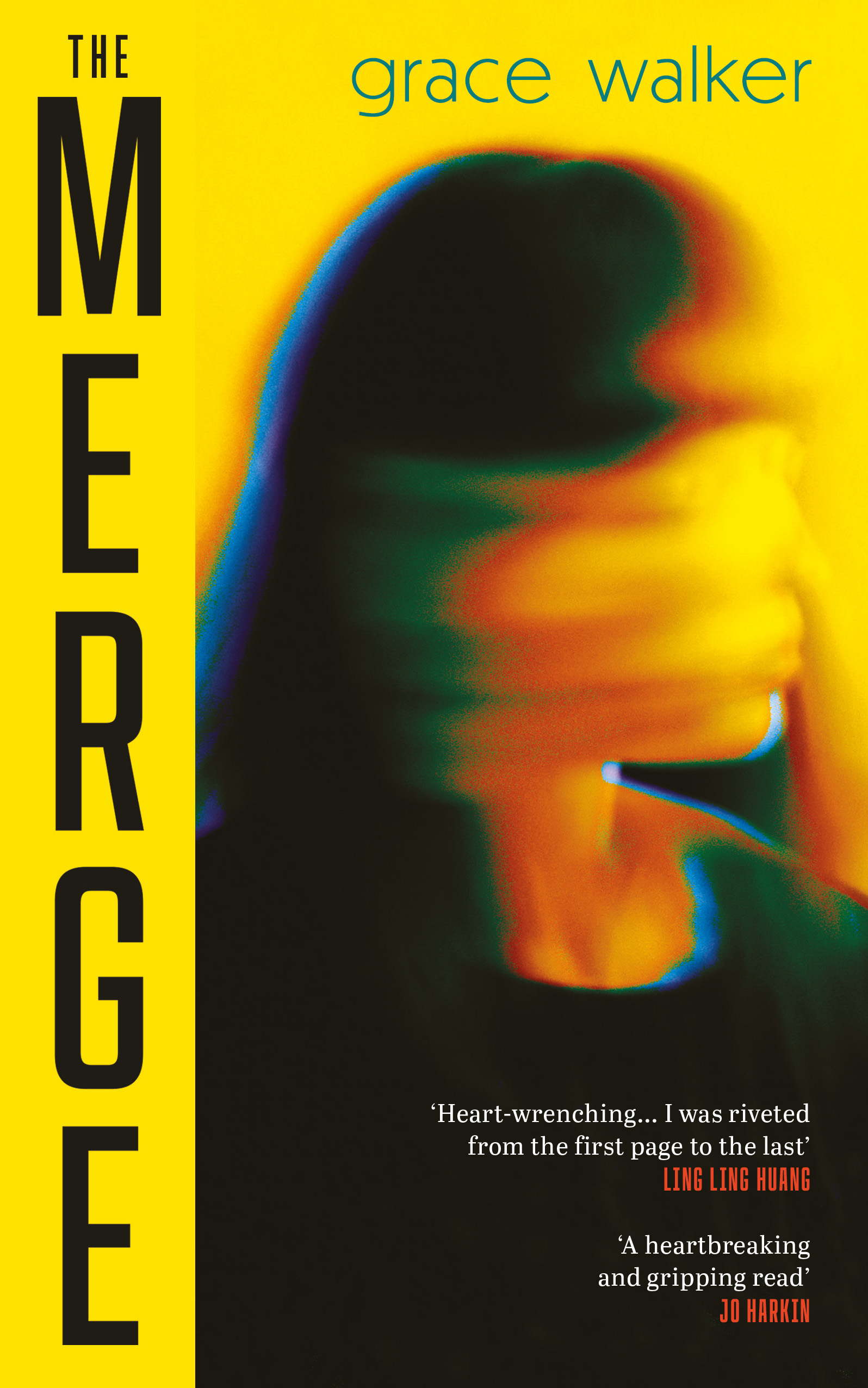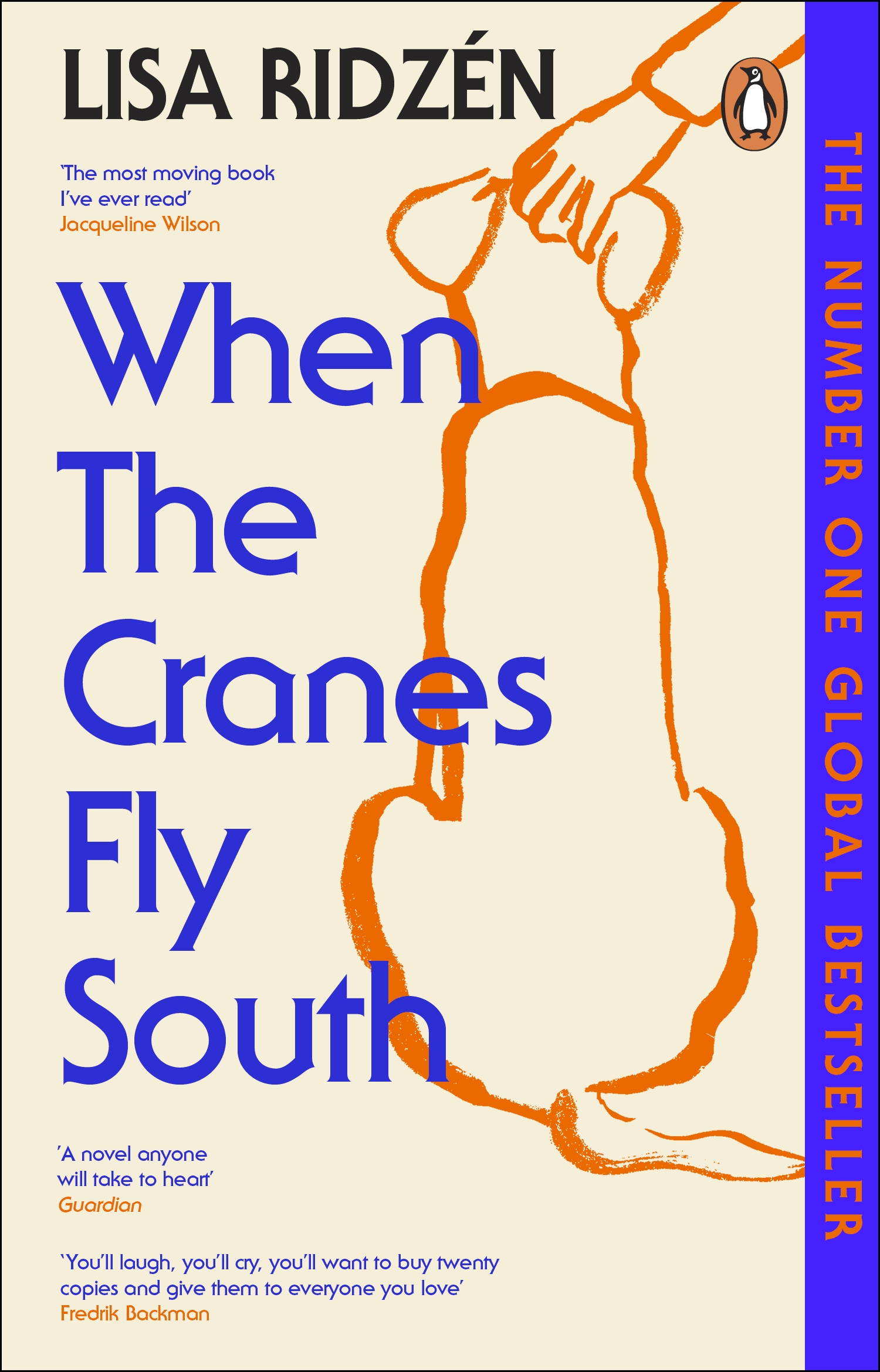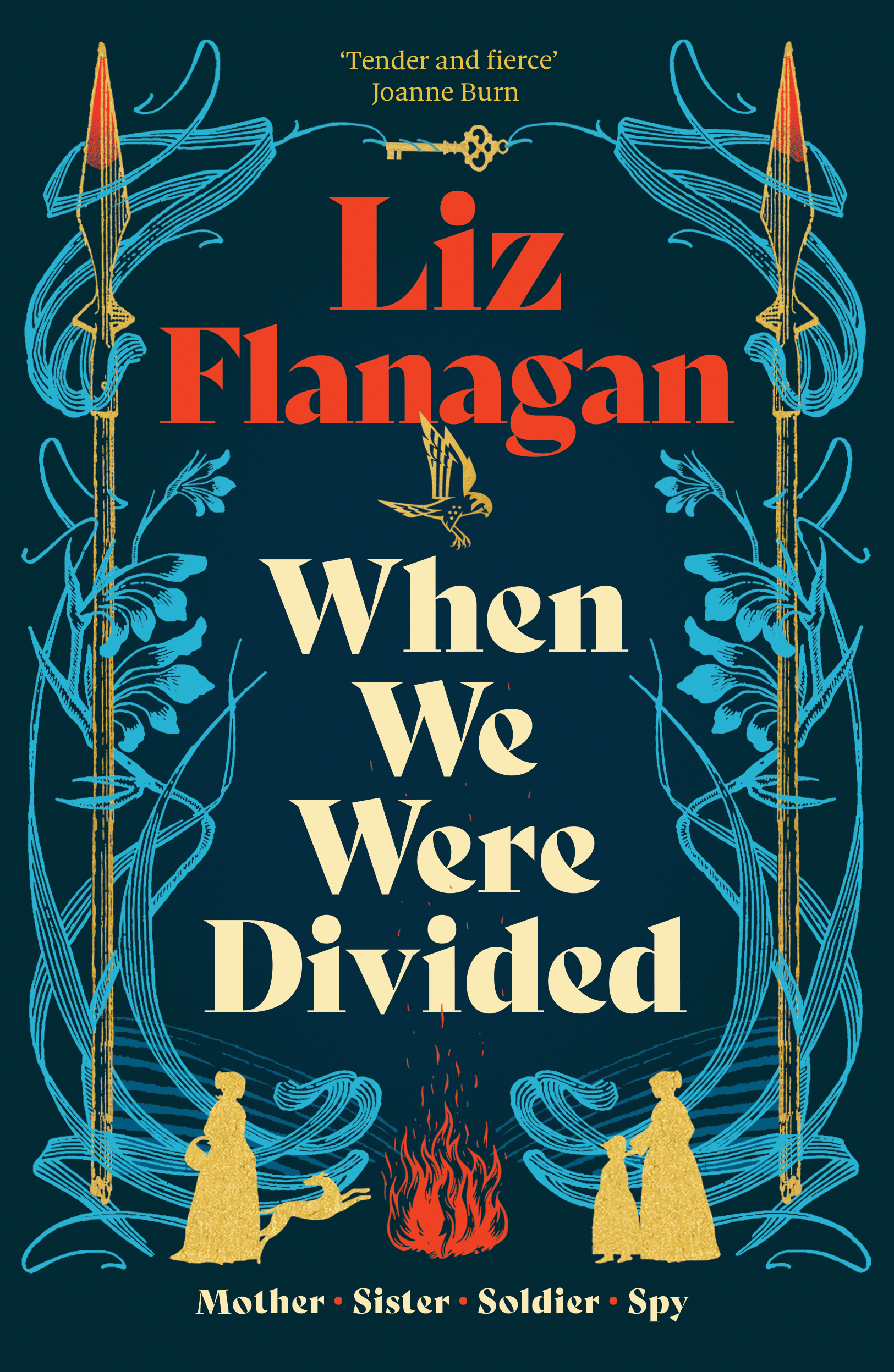The Woman in the White Kimono

As seen:
By Ana Johns
avg rating
3 reviews
Buy this book from hive.co.uk to support The Reading Agency and local bookshops at no additional cost to you.
Japan, 1957. Seventeen-year-old Naoko Nakamura’s prearranged marriage secures her family’s status in their traditional Japanese community. However, Naoko has fallen for an American sailor and to marry him would bring great shame upon her entire family. When it’s learned Naoko carries the sailor’s child, she’s cast out in disgrace and forced to make unimaginable choices with consequences that will ripple across generations.
America, present day. Tori Kovač, caring for her dying father, finds a letter containing a shocking revelation. Setting out to learn the truth, Tori’s journey leads her to a remote seaside village in Japan where she must confront the demons of the past to pave a way for redemption.
TweetReviews
St Just Monday Morning Reading Group 28th April 2025.
The Woman in the White Kimono. Ana Johns.
The reading group found this book interesting and a good story, but felt that in general it lacked depth, and did not sufficiently engage the reader’s emotions.
The book’s story was a familiar one about what happens when military personnel are based in a foreign country, in this case re-told from the point of view of a Japanese woman who falls in love with an American sailor in the 1950s (the Madam Butterfly story, with slight differences). However, a lot of the narrative is related by the American sailor’s daughter from another relationship – possibly this was one of the things which made the book less immediate or direct.
The sections told by the Japanese woman, Naoko Nakamura, were thought by one reader to be well written in the sense that they are more formally structured, possibly as if they were translated from the Japanese, while the American-told sections are different in tone; another reader, however, found Naoko’s sections annoying in that the author is trying too hard to achieve the effect. We agreed that the research in the book, which was assiduously done, seems to get in the way of the author inhabiting her characters properly.
We discussed the treatment of women pregnant outside marriage in the 1950s, in the Japanese and in other cultures, and how cruelty was often evident in these cases, including Naoko’s and those of the women in the so-called maternity hospital where she was sent. We talked about Naoko’s husband, and how he appeared almost impossibly forgiving and tolerant; and about various aspects of the Japanese culture as we have experienced them. We also questioned why Hajime, the American sailor, who was evidently a decent person, made so little effort to return to Japan or to contact Naoko, knowing that she had been pregnant and that they had been, in some sense though not legally, married. The answer, we thought, was part of the generic story which is so often repeated – actions performed in our youth are often forgotten about or put aside when our lives move on.
An interesting subject and a very readable book, enjoyable in some ways, possibly somewhat contrived towards the end, and more of a ‘light read’ than might be expected.
A beautiful book. Liked the structure. Loved reading about the Japanese culture and traditions - the author seemed to manage to convey these parts of the story in a delicate, graceful way somehow. Preferred the Japanese sections to the American. Fascinating insights into Japanese culture - the least culturally diverse country in the world apparently. Interesting to see the racism and prejudice of other cultures and ethnicities.
Read and listened to it at the same time and found that very effective especially as it was well read. I speeded it up to 1.5.
Written with empathy, sympathy and candour. Breath taking, well paced, tense, excellent character development and a realistic ending. Top marks.
Gripped- a detective story. Shocking. Shades of the Magdalen Laundries which we have read about before.
Very good indeed -a moving story well written, enough tension to keep you turning the pages and just the right length. One gripe - as a journalist wouldn't she have discovered that her name meant Little Bird long before?
Find this popular literary device of writing from different view points, swapping narratives within the same story very annoying. Seems to be in vogue - I just want to get on with the story sometimes.
Went on too long - a bit long winded, but thought the story and historic background was interesting - another shocking event in history - almost unbelievable to read. Well researched.
I was genuinely emotionally moved by the story and found myself tearful reading it at times. Powerful writing.
Listened to the podcast interview with the author and that unfortunately put me off as I didn't like her.
18 of us read this book and scored it between 5.5 to 10 with lots of scores of 8. Total of 143 so an average of 7.94
The woman in the white kimono by Ana Johns
Reviewed by KathyL of BiblioBelles
⭐️⭐️⭐️⭐️⭐️
A beautiful tale of love, loss and loyalty, acknowledging, without attributing blame, sad historical practices and facts. I felt Ana Johns used the dual time frame structure to join story lines together in a very clever and creative manner. (Sometimes, dual time frame novels irritate me because they feel like the result of applying a formulaic solution taught at a creative writing workshop. In this novel, it has been done with lots of careful, imaginative and sensitive thinking.)
A few years ago, I was lucky enough to do a wonderful trip to Japan, which I’d hoped for in the back of my mind since I was a young girl. I loved the places and the people. To read this very sensitive novel, learning so much incidentally as part of the narrative, has been a somewhat emotional journey. What more can we ask of authors? I look forward with anticipation to the next subject she tackles in fictional form.
The woman in the white kimono by Ana Johns
Reviewed by Jill H of BiblioBelles
⭐️⭐️⭐️and a half
It took a while for me to warm to this story. For me the character of the American daughter (Tori Kovac) only emerged as the story unfolded whereas I felt a clearer sense of the Japanese woman Naoko from the start. Once Tori begins to delve into her father’s past in Japan a horrifying picture emerges of the fate of some mixed-heritage babies born after WW2. Towards the end I was more engaged and was keen to follow the story unravelling.
It is well written with many vivid descriptive passages. I struggled with some aspects of the Japanese social structure and values of those times and the role of Naoko’s grandmother. I understand that the grandmother acted according to what she believed to be best for the whole family, it was still hard to accept. It was made worse as the plot is based on a true situation; the evidence was unearthed through court records. Despite this the novel ends positively in that both women find peace and acceptance.




